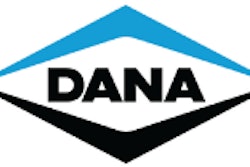Hours-of-service changes and an increase in trucking company bankruptcies have exacerbated the trucker shortage, according to a recent report.
Significant capacity issues exist, while freight shipments rose 13 percent during the first five months of 2014, said the 25th annual State of Logistics Report, presented by Penske Logistics. Since 1988, the Council of Supply Chain Management Professionals has produced the annual State of Logistics by tracking and measuring all costs associated with moving freight through the U.S. supply chain.
Despite hikes in driver pay, trucking capacity was hurt by a lack of drivers for existing equipment and lower productivity because of HOS. Last year, increased expenses and the cost of adding new drivers reduced truckload capacity by 2.5 percent.
During 2013, the transportation sector grew 2 percent and all transportation modes made modest revue gains. Tonnage was up due to heavier average loads per shipment.
The report noted shipments at a record low, with inventory not moving swiftly enough and cost-to-store inventory rising. Falling interest rates kept inventory-carrying costs down, but a 3 percent inventory gain increased other carrying costs such as warehousing, insurance.
Railroad costs grew 3.6 percent, as intermodal gained more market share due to truck capacity shortage. Rates have not responded to the tight industry capacity and have not grown as fast as volume.
Overall, transportation costs were up 2 percent year-over-year. The report’s U.S. Business Logistics System Cost noted that at $657 billion, trucking held the highest annual cost. Railroad was $74 billion, water $37 billion, oil pipeline $13 billion, air $33 billion and forwarder costs $38 billion.









